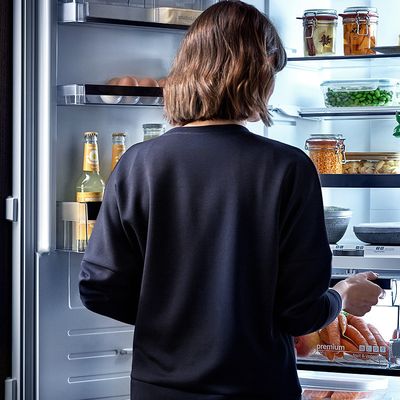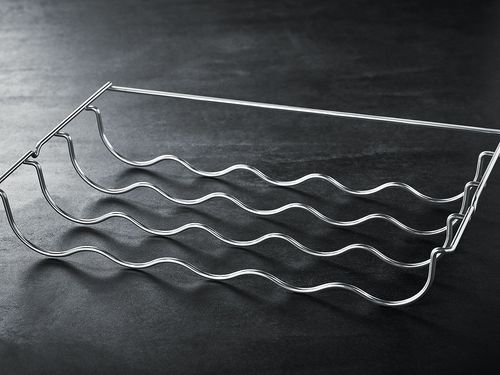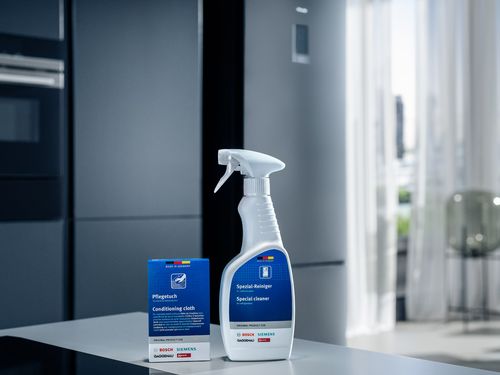How to keep food fresher for longer
Cooling technology has come a long way since the 1900s. To get a fresh perspective on high-tech fridges and freezers, let’s explore some of the key features of your cooling appliance.
To find out more about the individual programs, features, and functions of your fridge and freezer, you can find them in your personal My Siemens account. It has all your appliance info in one place: technical data, user manuals, accessories and more.
Organise food the right way
If your refrigerator model has a dedicated drawer for meat and fish, this is the perfect place to store them. The larger refrigerator compartment, meanwhile, is the best location for dairy products, ready meals and pastries. To retain aroma and freshness, pack or cover food well. Also its best to let warm food cool down before placing them inside.
As well, your fridge has a slight temperature difference throughout the the different compartments. The coldest area is between the vegetable and fruits drawer and the glass shelf above. The warmest area is at the very top.

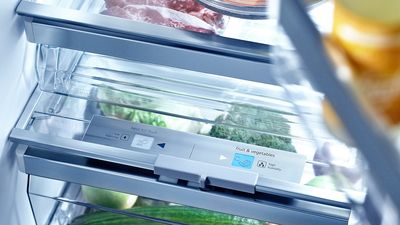
Fresher for longer
Use the cool-fresh drawer for delicate fresh foods such as seafood, meat, dairy products, and ready meals. Avoid putting fruits or vegetables in the cool-fresh drawer as they could partly freeze and loose consistency.
For these, use the vegetable drawer, where some models have a humidity controller. To create the optimum climate, you can set the air humidity depending on which products are stored inside. Lettuce, for example, needs more moisture to remain crisp. For that, set the slider to more moisture. For berries, meanwhile, less moisture is needed. When storing larger amounts of vegetables, condensate water can build up. Remove condensation with a dry cloth if needed.
If your model doesn’t have a humidity controller there’s no need to worry, our fridges come with a natural humidity technology that is most fitted for a standard load.
Reduce your energy consumption
Reducing the energy consumption of your appliances helps to extend their lifespan and reduce electricity costs. Choosing a higher temperature setting might save energy, but still keep in mind that stored food might not last as long and therefore the environmental impact might be even higher.
Never overload. The more food you store, the harder your fridge or freezer must work to keep everything cool. Overloading also restricts airflow, reducing the efficiency of your cooling system. Consider that some items are better stored at room temperature. These include bread, garlic, avocado, tomatoes, honey, or coffee.
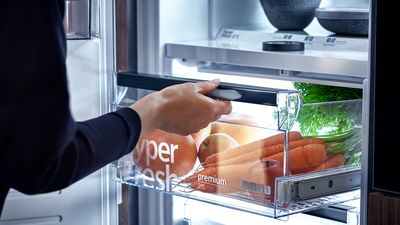
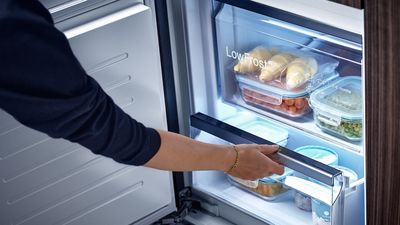
Freeze for convenience
When freezing fresh food such as vegetables, blanche them first. This helps them to retain their best possible nutritional value and colour. Keep food in airtight containers or freezing bags to prevent them from drying out. We also recommend to label the packaging with what’s inside and the date of freezing.
As a guide, at a temperature of -18°C, fish, sausage, ready meals and cakes and pastries can be stored for up to 6 months; cheese, poultry, and meat for up to 8 months; and vegetables and fruit for up to 12 months.

